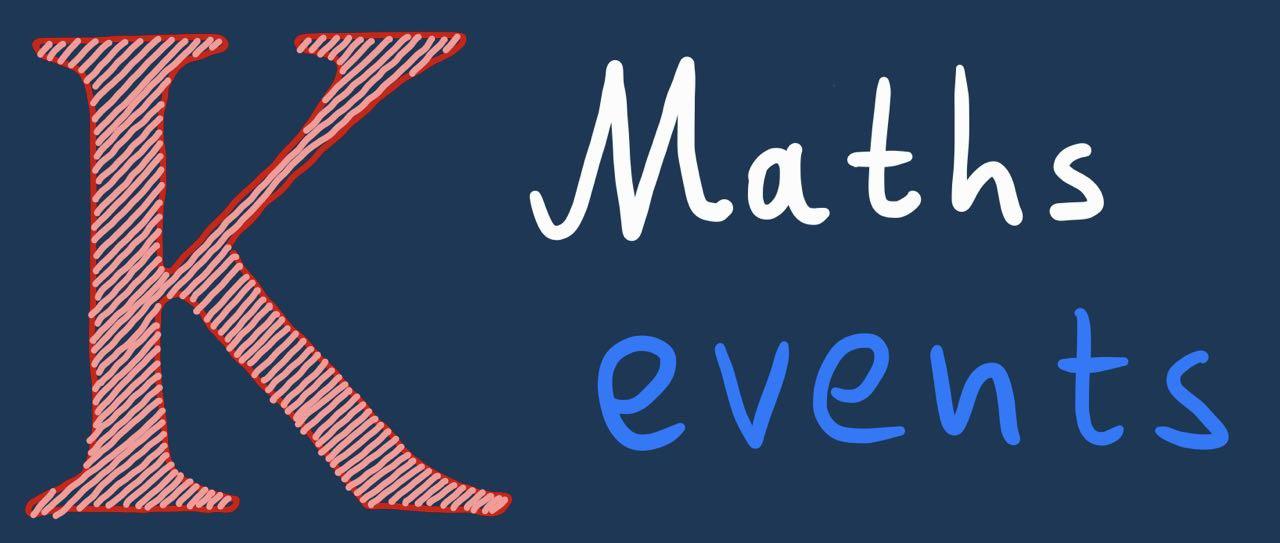Found 2 result(s)01.01.1970 (Thursday)
TP Unknot Recognition, Three-dimensional Manifolds, and Algorithms
colloquium Mehdi Yazdi (KCL)
| at: 15:00 - 16:00 KCL, Strand room: K6.29 (Anatomy lecture theatre) abstract: | One of the oldest problems in low-dimensional topology is the unknot recognition problem, posed by Max Dehn in 1910: Is there an algorithm to decide if a given knot can be untangled? You know that this is a challenging problem if you owned a pair of earphones that are tangled! The unknot recognition problem was highlighted by Alan Turing in his last article in 1954, and the first solution was given by Wolfgang Haken in 1961. However, it remains widely open whether there exists a polynomial time algorithm to detect the unknot. The current state-of-the-art is Lackenby’s announcement for a quasi-polynomial time algorithm, which puts it in similar standing to the graph isomorphism problem. I will discuss what is known about the unknot recognition, how it is related to the theory of foliations on three-dimensional manifolds, as well as recent developments on related algorithmic problems. Keywords: |
01.01.1970 (Thursday)
GE Geometry Seminar: The fully marked surface theorem
regular seminar Mehdi Yazdi (KCL)
| at: 15:30 - 16:30 KCL, Strand room: KINGS BLDG K0.19 abstract: | In his seminal 1976 paper, Bill Thurston observed that a closed leaf S of a codimension-1 foliation of a compact 3-manifold has Euler characteristic equal, up to sign, to the Euler class of the foliation evaluated on [S], the homology class represented by S. We give a converse for taut foliations: if the Euler class of a taut foliation F evaluated on [S] equals up to sign the Euler characteristic of S and the underlying manifold is hyperbolic, then there exists another taut foliation G such that S is homologous to a union of compact leaves and such that the plane field of G is homotopic to that of F. In particular, F and G have the same Euler class.
|
